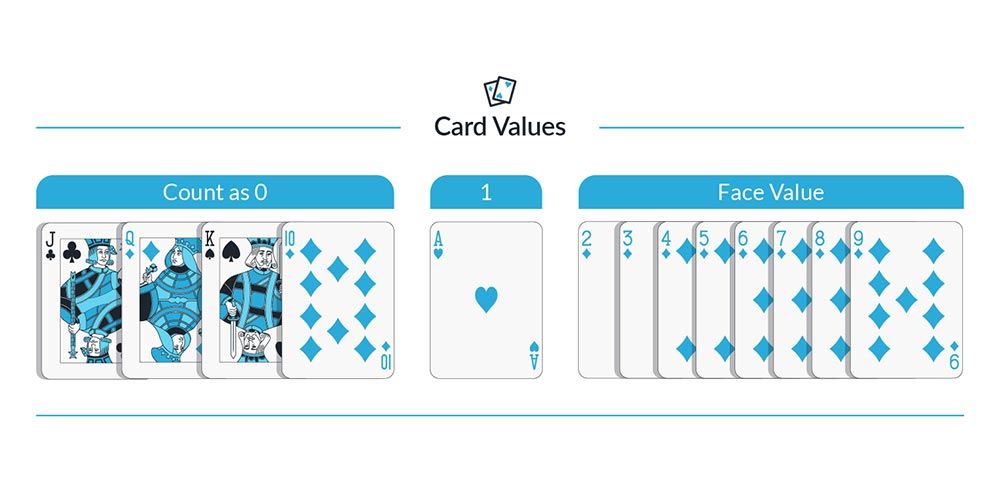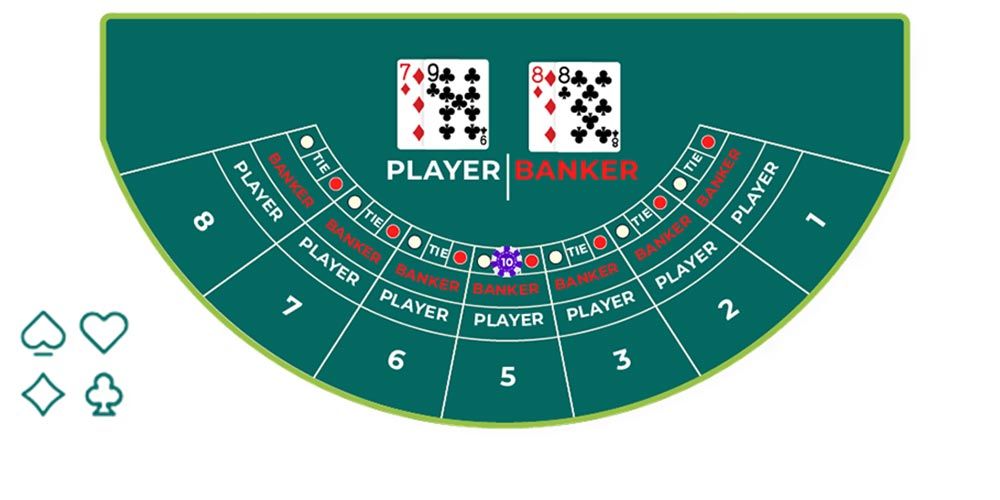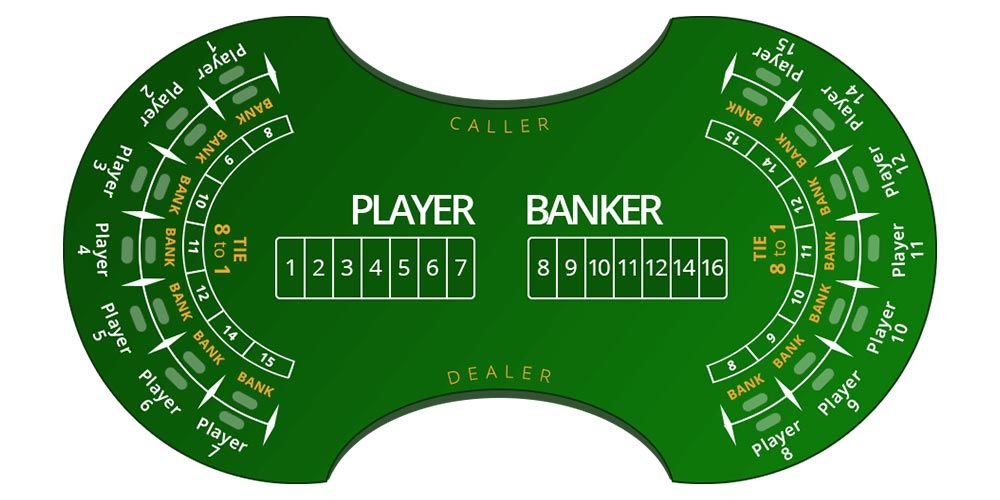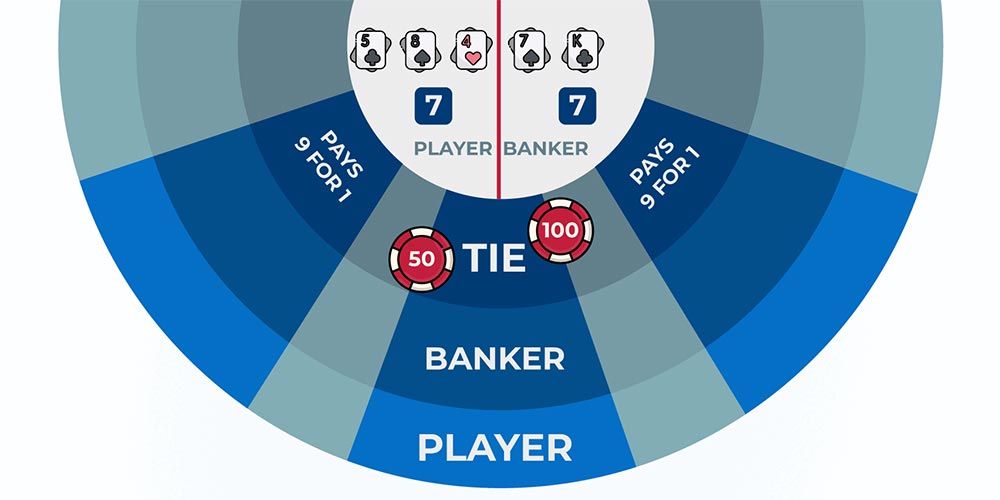Top 6 Rules to Play Baccarat Online | Explained in Detail


Posted by: Lucy Perry
The first and foremost thing to learn before playing baccarat is knowing the game's rules. If one dives into a baccarat round without any prior knowledge of this popular card game's rules, it can bring the players immense losses. And in a casino game, your hard-earned money is at stake. Will you really take the chance of losing the bonus you almost won just because you didn't know about this one particular rule?
To save you from this blunder, we have a set of rules that will help you understand every baccarat rule in detail. Here, we'll be covering all the basic yet crucial rules every baccarat player must know, no matter if he's just a beginner or a pro gambler.
Favorite offers for November 2024 
-
1. Card Values

Card Value is the numerical or point value assigned to each card in the deck. Different card games may have different systems for assigning values to cards. In baccarat as well, there is a predetermined value of each card.
- Number cards (2 to 9) have their face value
- 10, J, Q, and K have a value of 0
- Aces have a value of 1
To determine a hand's total value, you simply add up the point values of the cards in that hand. However, in baccarat, if the total value exceeds 9, only the rightmost digit of the sum is considered. For example, if a hand has a 7 and a 6, the total is 13, but in baccarat, only the rightmost digit, i.e., 3, would be counted.
-
2. Player Rules

After the initial deal, the Player's hand is calculated to determine whether they should draw a third card or stand with the two cards already dealt. The Player must follow these simple drawing rules.
- If the total value of the Player's hand is 0 to 5, they must draw a third card.
- If the total value of the Player's hand is 6 or 7, they must stand and not draw a third card.
Understanding the card values and Player rules is pretty simple. After having a grasp on these, you need to have a deeper understanding of the Banker rules.
-
3. Banker Rules

The Banker's hand is evaluated after the Player's hand, and whether the Banker draws a third card depends on several factors. This is a tricky part, so read closely to not miss out on an important one.
- If the total value of the Banker's hand is 0 to 2, they must draw a third card regardless of the Player's third card.
- If the total value of the Banker's hand is 3, they must draw a third card except when the third card of the Player is an 8.
- If the total value of the Banker's hand is 4, they must draw a third card if the Player's third card is between 2 and 7.
- In the case where the Banker's hand totals 5, they must draw a third card if the Player's third card is any value from 4 to 7.
- When the Banker's hand totals 6, they are required to draw a third card only when the Player's third drawn card is 6 or 7.
- If the total value of the Banker's hand is 7, they must stand and not draw a third card.
To summarize it all, if the Banker's hand is between 0-6, they must draw a third card based on the factors mentioned above and must only stand when the Banker's hand is 7. Don't worry! You don't really have to memorize all these factors; just refer to a Third Card Rule Chart covering all of these points.
-
4. Tie

In baccarat, a tie occurs when both the Player's and Banker's hands have the same total value. The rules for tie bets are super simple.
- If you bet on a Tie and the result is a Tie, you win the bet.
- If you bet on the Player or the Banker and the result is a Tie, your bet is considered a push, and you get your original wager back (neither winning nor losing).
It's essential to understand that Tie bets have a higher payout because they are less likely to occur than the Player or Banker winnings. However, Ties are rare in baccarat, so even seasoned players avoid betting on them.
-
5. Baccarat Table

Whether you're playing baccarat in a live or online casino, the baccarat table is the official playing arena; thus, maintaining a certain decorum is a given. Just like on a blackjack table, being respectful to dealers and other players, refraining from using offensive language, and avoiding unnecessary disturbances is a must; the same must be followed at a baccarat table as well.
The baccarat table typically accommodates up to 14 players and is divided into 3 major sections for each participant - Player, Banker, and Tie. Players can place bets on any of these outcomes. The dealer sits in the middle to carefully oversee the whole game.
-
6. Baccarat Third Card Rule Chart

The Third Card Rule Chart clearly explains when the Player and the Banker both must draw a third card based on various factors related to player cards and previous draws. This chart acts as a guide that needs to be referred to before drawing the third card, as it tells the players exactly what actions need to be taken between “Hit” and “Stand.”
It provides a clear and standardized way to handle the drawing of third cards, ensuring fairness and eliminating any confusion during the game. The rules for drawing the third card in baccarat are complex, but the Third Card Rule Chart simplifies the process, making it easier for both players and dealers to understand and follow.
Conclusion
Baccarat is an easy and straightforward game to learn, and the rules might seem a bit complex at first, but they quickly become as easy as pie with just a little bit of practice. It's a game of chance, and the outcomes are determined by the cards dealt, making it a popular and exciting casino game for players worldwide.
This card game keeps the players on edge until the last outcome, making it a thrilling and engaging table game. Know the rules, strategies, tips, and tricks of the game before hitting the play button.











.jpg?updatedAt=1707893907968)
